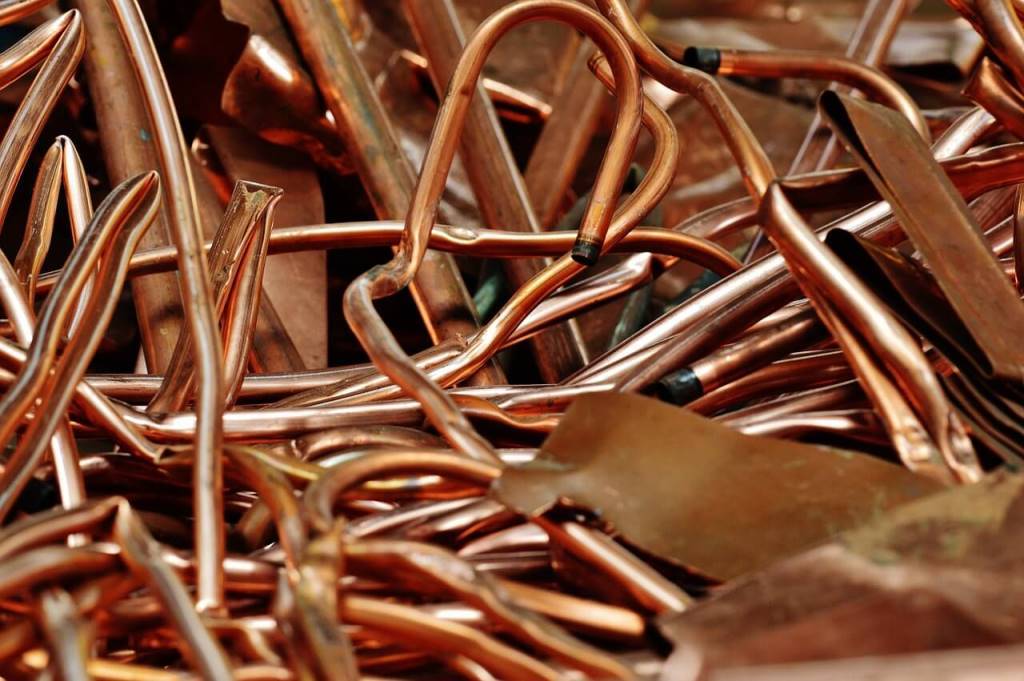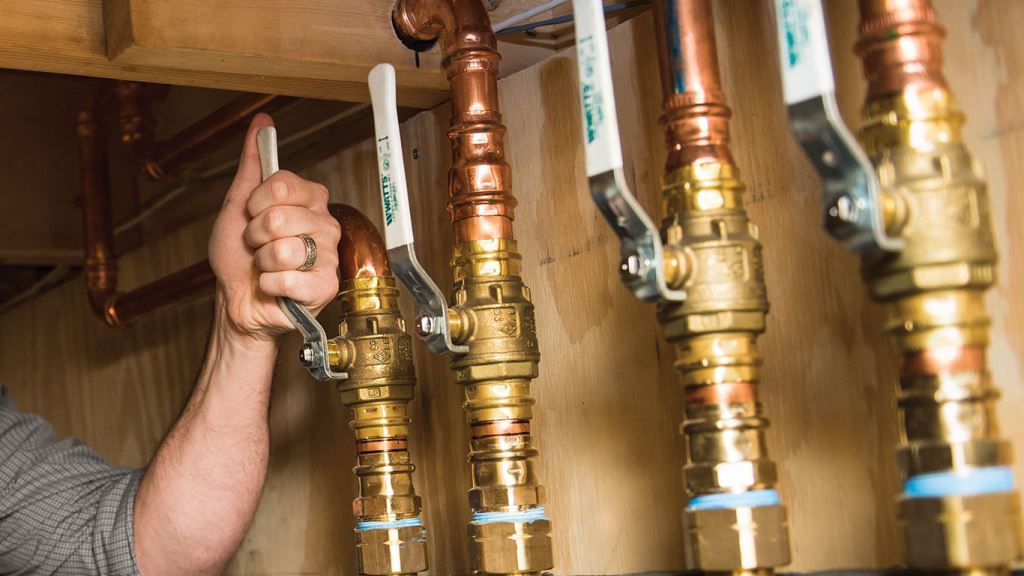Brass was invented around 500 BC. The Greeks called brass as “Oreichalcos” meaning, a brilliant and white copper. It was prominent in medieval times for making church monuments. In Shakespearean times brass wire was made in England.
COMPOSITION AND PROPERTIES
Brass is a fusion of copper and zinc. Copper and zinc are added in different amounts to produce various types of brass. These days the proportion is 67% copper and 33% zinc. Usually, 2% of lead is added to brass to improve its handling.

PROPERTIES
- Brass usually appears bright gold, reddish-gold, or silverish. Brass appears rosy when there is a higher percentage of copper and silver when there is more zinc in it.
- Brass is a highly malleable metal and is easy to cast.
- The melting point of brass is 900-940 degrees Centigrade.
- It’s highly acoustic properties make it an ideal metal for musical instruments.
- It shows low friction.
- It conducts heat well.
- Brass withstands corrosion.
- Exposure to ammonia produces stress cracking.
- It is a non-magnetic compound and first not interact with magnets.
USES OF BRASS
Brass is corrosion resistant and easily malleable. It got widely used to make all accurate scientific and navigational instruments, for example, clocks, navigational apparatuses, and watches. Many brass clocks made in the 17th and 18th century are still in working condition. Since brass has a gold-like luster, it is used for decoration purposes. Due to its low melting point, it is used for making utensils. It got used for making a wide variety of musical instruments because of its acoustic nature and economical price as compared to gold and silver.
POPULARITY OF BRASS IN THE CONSTRUCTION INDUSTRY

Historically, brass was the metal of choice of famous architects around the world to realize their decorative ideas and dreams in construction.
- FOR DECORATION
Brass has several uses in the construction field. It has a beautiful gold-like luster, which makes it an ideal choice for decorative fittings, for example, latches, handles, and doorknobs.
- FOR LOW FRICTION EQUIPMENT
In places where low friction is needed, brass is a popular choice, such as bearings, hinges, zippers, plugs, sockets, gears, casings for ammunition.
- CORROSION RESISTANT APPLICATION
Brass tarnishes but doesn’t rust. Many companies manufacture architectural brass that keeps shining for months without the need for regular polishing.
- HIGH MALLEABLE FACTOR
Unlike other metals, brass is quite flexible and can easily be shaped into wire, foil, sheets, tubes, rods, or plates. This makes it a perfect choice for use in architectural material.
- DUCTILE AND MALLEABLE
Brass is highly malleable and ductile. It can be machined, cast, rolled, hot stamped and drawn relatively quickly as compared to other metals, making it most suited for making detailed equipment for construction.
- NON-DEGRADABLE AND BRITTLE RESISTANT
Brass doesn’t damage or degrade if exposed to the sun’s UV rays for a while. It will not be affected if left too long in the sun. On the other hand, it will not be changed if exposed to sub-zero temperatures.
Now your questions and confusions are clarified, you may want to click on this link to buy brass here of excellent quality.






